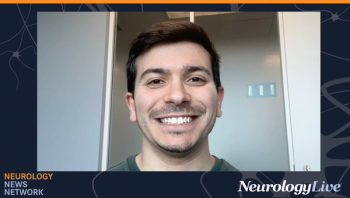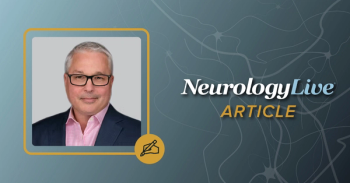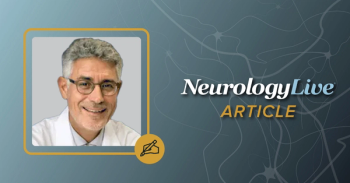
Polysomnography More Commonly Used in Narcolepsy Detection Prior to Multiple Sleep Latency Test
A web-based survey of Korean neurologists interested in narcolepsy presented their concerns with using the multiple sleep latency test, noting that it may lead to ambiguous results due to accompanying sleep disorders like sleep apnea.
In a recent survey of Korean neurologists, the majority reported performing polysomnography the night before the multiple sleep latency test (MSLT) for diagnosing a patient with narcolepsy when accompanied by sleep apnea.1 The findings of the study provide the opinions on the assessment and management of excessive daytime sleepiness.
Approximately 67.9% of the total cohort (n = 109) answered that they performed or had experience with MSLT. Notably, 91.9% reported that they would conduct a night polysomnography the day before MSLT, and 48.6% responded that the rate of writing a sleep diary before MSLT was over 80%.
“This study is meaningful as a questionnaire study that reflects the perception of domestic neurologists on the interpretation of MSLT findings in the diagnosis of narcolepsy when accompanied by sleep apnea,” senior author Kwang Ik Yang, MD, PhD, FAASM, professor of neurology, division of epilepsy and sleep disorders, Soonchunhyang University College of Medicine, Cheonan Hospital, Cheonan, Korea, and colleagues wrote.1 “Currently, there is no confirmed biomarker for the diagnosis of narcolepsy in Korea, so diagnosis is made through night polysomnography and subsequent MSLT tests.”
Members from the Korean Society of Sleep Research took an online survey, targeting neurologists with experience in the MSLT, between December 28, 2021, and January 10, 2022. The questionnaire asked about the timing of polysomnography before MSLT, preparation for MSLT, and diagnosis and treatment policies based on severity of sleep apnea.
“The MSLT test not only shows sensitive results depending on sleep deprivation and circadian rhythm conditions at the time the test was performed, but also can lead to ambiguous results due to accompanying sleep disorders including sleep apnea,” Yang et al noted.1 “When patients with sleep apnea perform MSLT, it is necessary to check whether the previously prescribed treatment is properly established and is working effectively.”
Additionally, 51.4% respondents reported that they would decide whether to perform MSLT the next day according to the severity of sleep apnea, and 39.2% responded, that they would decide whether to perform MSLT the next day.
If patients with symptoms of excessive daytime sleepiness were accompanied by moderate or severe sleep apnea, more than half of them diagnosed sleep apnea itself (even if reexamination is considered) even if two sleep-onset REM periods (SOREMPs) come out, and most of the treatment plans (86.5%) treat sleep apnea first. They responded that they would do it, and in most cases (91.9%) when SOREMP came out only once, they were diagnosed with sleep apnea (even considering reexamination), and 94.5% would consider sleep apnea treatment first, which demonstrated the importance of sleep apnea in the direction of treatment of hypersomnia tended to prioritize.
Limitations of the study included selection bias for respondents interested in narcolepsy as it is a cross sectional study, and the survey period was about 2 weeks. Authors also noted that the quality management may be uneven with the respondents’ treatment experience. In addition, the survey did not reflect the opinions of clinicians who cannot perform polysomnography or MSLT testing, and the opinions of more respondents were not considered.
“Patients with sleep apnea need a careful and systematic diagnosis and treatment approach through correct interpretation of MSLT by performing a nighttime polysomnography the day before MSLT while maintaining CPAP/non-CPAP [continuous positive airway treatment] treatment, and in the case where diagnosis of narcolepsy may be somewhat ambiguous in the future It is necessary to prepare treatment guidelines through additional research on,” Yang et al noted.1
REFERENCES
1. Im HJ, Hong Y, Cho JW, et al. The Grey Zone in Multiple Sleep Latency Test for Diagnosis of Narcolepsy: A Survey of Korean Neurologist. J Sleep Med. 2022 Dec 28;19(3):139-45. doi:10.13078/jsm.220018
Newsletter
Keep your finger on the pulse of neurology—subscribe to NeurologyLive for expert interviews, new data, and breakthrough treatment updates.



























